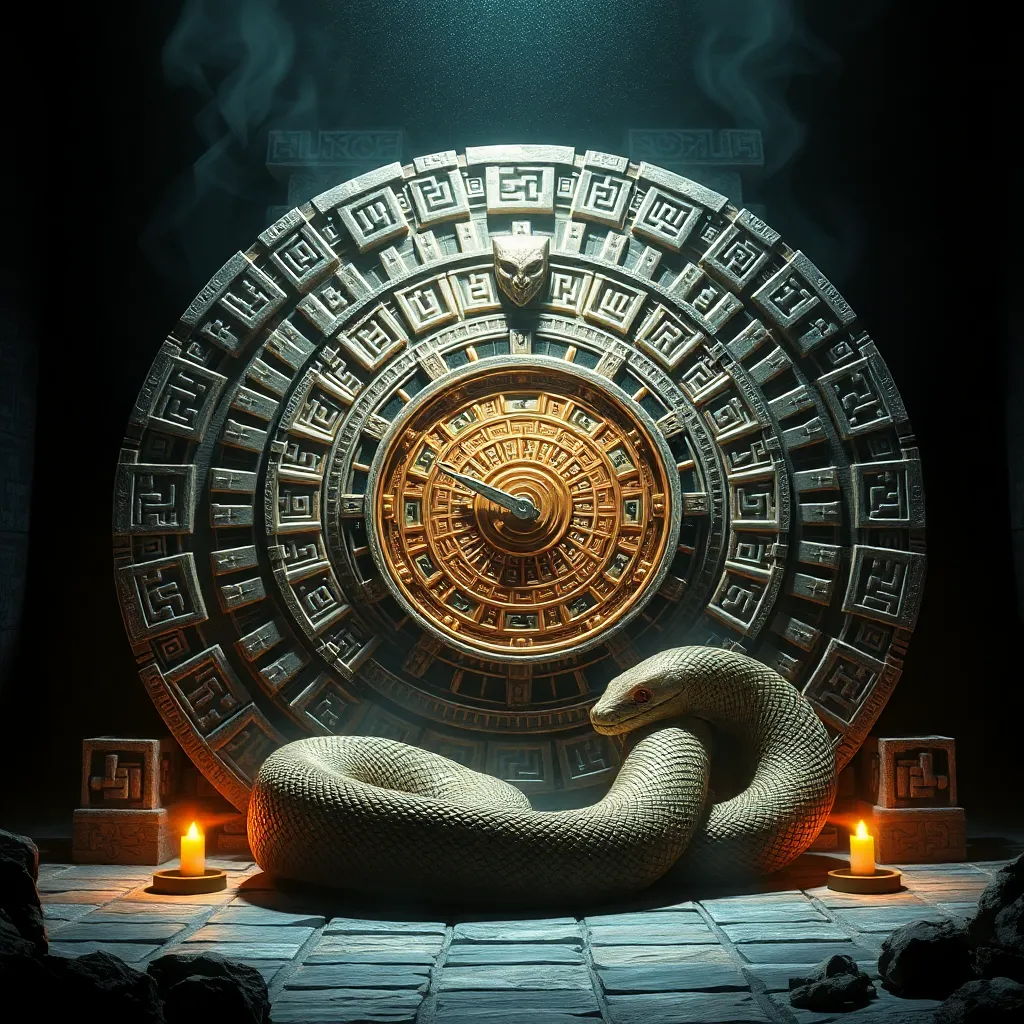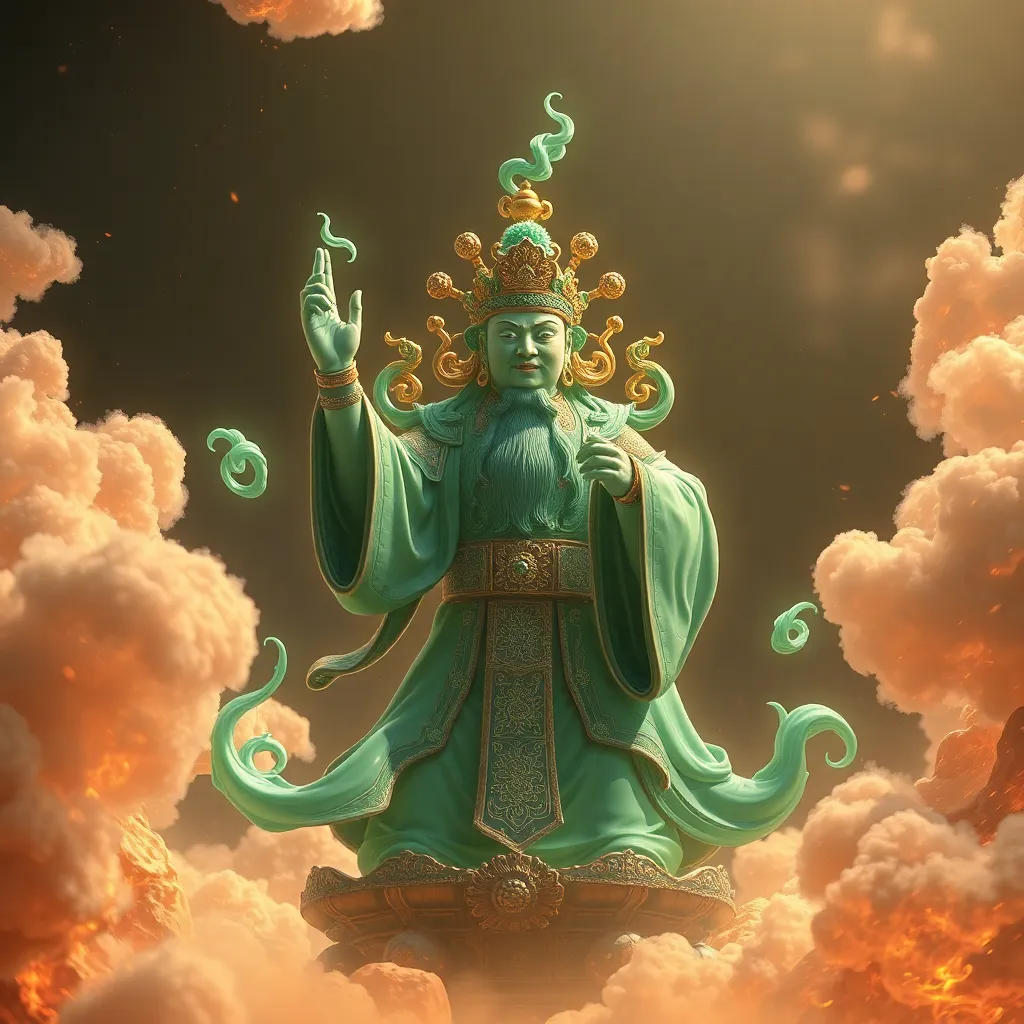The Elven Folklore and Storytelling: Exploring the Oral Traditions and Mythical Tales of the Fae
I. Introduction to Elven Folklore
Elven folklore encompasses the rich tapestry of myths, legends, and stories that have been passed down through generations, often through oral traditions. These tales, featuring ethereal beings known as elves or the Fae, hold significant cultural importance, reflecting humanity’s relationship with nature, magic, and the supernatural.
The Fae exist in various cultures around the world, each with their distinct interpretations and characteristics. From the mischievous pixies of English folklore to the noble elves in Norse mythology, these stories serve as a window into the values, fears, and hopes of the societies that tell them. The purpose of this article is to delve into the depths of elven folklore, exploring its historical context, key themes, storytelling techniques, notable tales, and its influence on modern culture.
II. Historical Context of Elven Mythology
The origins of elven tales can be traced back to ancient societies, where they were often interwoven with the fabric of daily life and spirituality. In many cultures, elves were seen as guardians of the natural world, responsible for maintaining the balance between humanity and the mystical realms.
Celtic and Norse mythologies greatly influenced the development of elven folklore. In Celtic lore, the Tuatha Dé Danann were considered supernatural beings akin to elves, while Norse mythology introduced the concept of light and dark elves (Ljósálfar and Dökkálfar). Over time, these tales transitioned from oral traditions to written texts, with medieval manuscripts and later literary works preserving the essence of these ancient stories for future generations.
III. Key Themes in Elven Folklore
Elven folklore is rich with recurring themes that resonate through the ages:
- Nature and the environment: Elves are often depicted as protectors of the natural world, embodying the beauty and mystery of forests, rivers, and mountains.
- The duality of elves: Stories portray elves as both benevolent and malevolent beings, capable of bestowing blessings or curses upon humans, depending on their behavior.
- The role of magic and enchantment: Magic is a central element in elven tales, representing the unknown and the transformative power of nature.
IV. The Art of Oral Storytelling
Oral tradition plays a crucial role in preserving elven folklore. Storytelling is not merely a means of entertainment; it is a way to pass down knowledge, culture, and values from one generation to the next.
Storytellers employ various techniques to engage their audience:
- Vivid imagery: Using descriptive language to paint a picture in the listener’s mind.
- Repetition: Reinforcing key ideas and allowing the audience to anticipate and participate in the story.
- Emotional resonance: Connecting with listeners on an emotional level to evoke empathy and understanding.
The role of the storyteller in elven communities is paramount. These individuals are often regarded as custodians of culture, responsible for keeping the lore alive and ensuring that the tales continue to resonate with both young and old.
V. Notable Elven Tales and Their Meanings
Among the myriad of elven stories, several notable tales stand out:
- “The Elven King”: A story of a powerful elf who protects his realm from dark forces, symbolizing the eternal struggle between good and evil.
- “The Fairy Ring”: A tale that warns of the dangers of venturing into the realm of the Fae, highlighting the respect that must be given to nature and the unknown.
These stories often carry moral lessons, teaching values such as respect for nature, the importance of community, and the consequences of one’s actions. Variations of these tales can be found across different cultures, illustrating the universal themes that bind humanity together.
VI. The Influence of Elven Folklore on Modern Literature and Media
Elven folklore has had a profound impact on contemporary literature and media, inspiring countless adaptations in fantasy genres. Authors like J.R.R. Tolkien and C.S. Lewis drew heavily from these ancient tales, creating intricate worlds that have captivated readers for generations.
In film and television, elves are often portrayed in ways that reflect contemporary values and aesthetics. From the elegant elves of “The Lord of the Rings” to the playful sprites in animated features, these adaptations have broadened the appeal of elven folklore to new audiences.
Recently, there has been a resurgence of interest in elven folklore, with modern writers and creators revisiting the themes and narratives that have stood the test of time.
VII. The Role of Elves in Contemporary Culture
Elven themes have permeated various aspects of contemporary culture:
- Gaming: Elves are a staple in fantasy role-playing games, often depicted as wise and skilled beings.
- Art and fashion: The ethereal beauty of elves has inspired artists and designers, leading to a fusion of fantasy aesthetics in modern expressions.
- Technology: Digital storytelling has opened new avenues for sharing elven tales, allowing for interactive experiences that engage audiences in novel ways.
VIII. Conclusion: The Enduring Legacy of Elven Folklore
The legacy of elven folklore is a testament to the power of storytelling and the importance of preserving oral traditions. These tales not only entertain but also educate, providing insight into the values and beliefs of different cultures.
As we navigate a rapidly changing world, the relevance of elven stories endures, reminding us of our connection to nature, the mysteries of life, and the importance of community. Readers are encouraged to explore these tales further and share their own interpretations, ensuring that the magic of elven folklore continues to thrive for generations to come.




